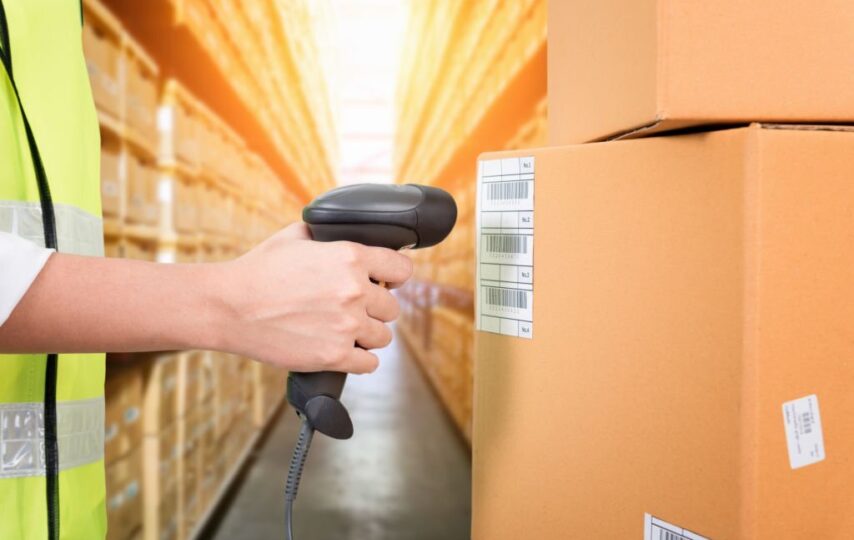These black lines and white gaps, which vary in width, make up the barcode picture, which is square or rectangular. Data such as the date of production, expiration date, the name of the manufacturer, and the country of origin can be stored in a barcode. The two types of barcodes are 1D and 2D, respectively (2 dimensional).
What does the term “barcode” mean?
- In the form of numbers and a sequence of parallel lines of variable widths, a barcode is a code printed on a product that can be read by machines.
- In essence, barcodes are visual patterns that can be read by machines, and so they are a technique to encode information. A barcode is a collection of black and white bars (elements) that indicate a specific set of text characters.
- A barcode carries information about a product, such as a price and weight of the product, the date of manufacturing and expiration, the name of the producer, and other relevant information. Barcodes are given out by an international organization that was established for this reason.
What role do barcodes play in the supply chain?
If you have a scanner that can read barcodes, you may turn the symbols into valuable data, such as where an item came from, what it was made out of or what it is, and even how much it cost. Data is automatically entered into a database when the scanner reads the barcode and recognizes the data it contains. For enterprises, this technology has brought several advantages. As a result, huge firms are able to ensure that their items are correctly stocked and priced all over the world thanks to the worldwide distribution systems that have been established. Creating a Product barcode generator India for your own business can help to identify each product.
One-dimensional (1D) barcodes
In one-dimensional (or 1D) barcodes, the widths and spacings of parallel lines are varied to represent data in a systematic manner. Traditional and well-known barcode kinds such as UPC and EAN codes are included here. Linear barcodes are sometimes known as 1D barcodes.
The EAN (International Air Transport Association) bar code
EAN barcodes are also used to mark consumer items globally for point-of-sale scanning, mostly in India. They resemble UPC codes in appearance, with the primary difference being in the countries in which they are used. EAN-8 barcodes, which only cover eight digits, are common on little candies, despite the fact that EAN-13 barcodes cover 13 digits by default.
Table of contents for the gtin
For retail stores, GS1 Data Bar barcodes (previously known as Reduced Space Symbiology) are used to identify consumer coupons as well as food, perishables, and tiny goods in the healthcare business. Compared to ordinary barcodes that are seen by consumers, they are smaller. A new barcode standard for retail coupons was adopted in the United States in 2001: GS1 Data Bar.
The UPC Codes
UPC Code is wrongly redundant since it stands for “Universal Product Code,” as defined by UPC’s definition. As a barcode sign, the UPC barcodes for Amazon encode a 12-digit number known as a GTIN-12, which is used to identify and track the product. For the purposes of the GTIN-12, the UPC data used to generate the GTIN-12 is detailed in the section that follows.








